Simplifying Initialization with Primary Constructors in C# 12
C# 12 brings several exciting features that aim to make the language more expressive and the code more concise. One such feature is the introduction of primary constructors for classes and structs. Primary constructors simplify the initialization of objects by allowing parameters to be declared directly in the class or struct declaration. This blog post will explore how primary constructors work, their benefits, and provide examples of their usage.
Connect with Me https://linktr.ee/ICodeMechanic
What are Primary Constructors?
Primary constructors in C# 12 allow you to declare constructor parameters directly in the class or struct definition. This feature reduces boilerplate code, making your classes and structs more readable and easier to maintain.
How Primary Constructors Work
In traditional C#, you typically declare a class or struct with a constructor like this:
public class Person
{
public string Name { get; }
public int Age { get; }
public Person(string name, int age)
{
Name = name;
Age = age;
}
}With primary constructors, you can simplify this by declaring the parameters directly in the class definition:
public class Person(string name, int age)
{
public string Name { get; } = name;
public int Age { get; } = age;
}Benefits of Primary Constructors
- Reduced Boilerplate Code: By combining the class declaration and constructor parameter definition, you eliminate the need for repetitive code.
- Improved Readability: Primary constructors make the code more concise and easier to read, as the initialization logic is directly associated with the class definition.
- Enhanced Maintainability: With less code to manage, maintaining and refactoring the code becomes simpler.
Usage Examples
Let’s look at a few examples to see how primary constructors can be used in different scenarios.
Example 1: Basic Class
Traditional way:
public class Point
{
public int X { get; }
public int Y { get; }
public Point(int x, int y)
{
X = x;
Y = y;
}
}Using primary constructors:
public class Point(int x, int y)
{
public int X { get; } = x;
public int Y { get; } = y;
}Example 2: Struct with Primary Constructor
Primary constructors are also supported in structs, providing the same benefits.
Traditional way:
public struct Rectangle
{
public int Width { get; }
public int Height { get; }
public Rectangle(int width, int height)
{
Width = width;
Height = height;
}
}Using primary constructors:
public struct Rectangle(int width, int height)
{
public int Width { get; } = width;
public int Height { get; } = height;
}Example 3: Additional Initialization Logic
You can also include additional initialization logic within the primary constructor.
public class Employee(string name, int age)
{
public string Name { get; } = name;
public int Age { get; } = age;
public DateTime DateOfJoining { get; } = DateTime.Now;
public Employee(string name, int age)
{
// Additional initialization logic
if (age < 18)
{
throw new ArgumentException("Age must be at least 18.");
}
}
}Conclusion
Primary constructors in C# 12 are a powerful feature that streamline object initialization, making your code cleaner and more maintainable. By reducing boilerplate code and enhancing readability, primary constructors contribute to a more efficient and enjoyable coding experience. As you start using C# 12, give primary constructors a try and see how they can improve your codebase.
Connect with Me https://linktr.ee/ICodeMechanic




